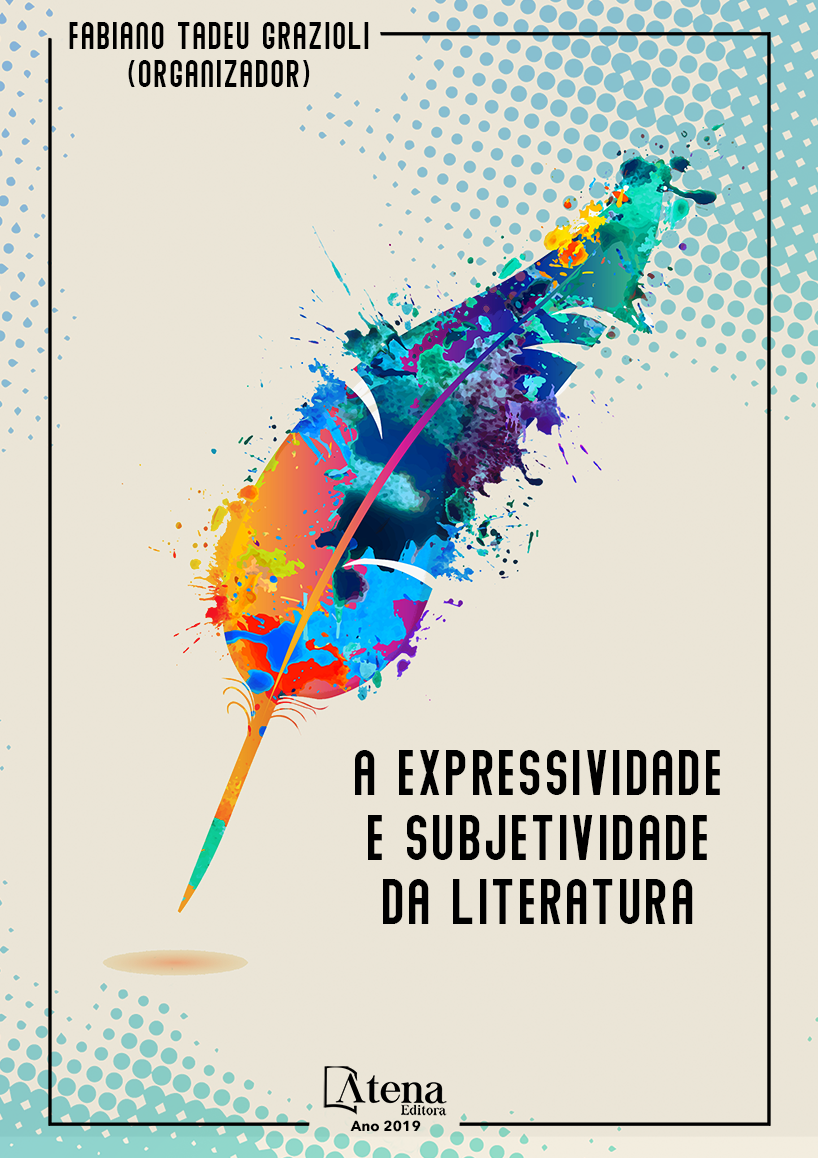
Periglosas: tradição e ruptura na poesia do Pajeú
A tradição do cordel, bem como
de toda a poesia popular no Brasil, remonta à
hegemonia masculina em torno de um eu-lírico
excludente, o que tem sido revisitado, embora
de maneira vagarosa. No terreno da oralidade
nordestina, começa a dar ares de mudança
com mulheres jovens percorrendo esse
ideal estético na trilha da poesia. Objetivo:
Buscamos contribuir com essa reflexão
apresentando autoras do Vale do Pajeú que
têm buscado esse caminho e começam a colher
resultados. Metodologia: Fiz um levantamento
das formas fixas, da métrica e das temáticas
abordadas individualmente e na somatória do
grupo. Identifiquei elementos que reproduzem
a tradição e os que contrastam imprimindo a
marca feminina. Resultados e Discussão: Em
Coletânea das Flores: poetizas do Pajeú, essas
jovens nos apresentam 87 poemas, sendo 47
décimas, 34 sonetos, dentre outras formas fixas,
quase na totalidade decassílabos, versando
sobre temáticas caras ao grupo e ao cordel,
quer seja a “roedeira, amores, felicidades,
famílias e paisagens”. Conclusão: Fazendo
coro a inúmeros estudos que se debruçam
sobre esse objeto, vejo que as mulheres vieram
para somar e ampliar o universo da poesia, no
qual merecem ser muito mais do que objetos e
se apresentam (definitivamente) como sujeitos!
Periglosas: tradição e ruptura na poesia do Pajeú
-
DOI: 10.22533/at.ed.9381902097
-
Palavras-chave: Poesia. Cordel. Mulheres. Literatura. Sertão.
-
Keywords: Poetry. Cordel. Women. Literature. Outback.
-
Abstract:
Introduction: The tradition of
cordel, as well as all popular poetry in Brazil,
goes back to male hegemony around a excluding
lyrical ego, which has been revisited, although
in a slow manner. In the field of Northeastern
oral literature, the movement begins to show
a change with young women traveling through
this aesthetic ideal in the path of poetry.
Objective: Strive to contribute to this reflection
by presenting female authors from the Vale do
Pajeú who have beginning to obtain results.
Methodology: I did a survey of the fixed forms,
the metrics and the topics addressed individually
and in the sum of the group. I identify elements
that reproduce tradition and contrasted by
imprinting the feminine mark. Results and
Discussion: In Coletânea das Flores: poetisas
do Pajeú, these female youngsters present to
us 87 poems, included 47 decimals, 34 sonnets,
among other fixed forms, almost in their entirety
decasyllables, dealing with topics that are dear
to the group and to the string, traditionally,
whether it be “roedeira, loves, happiness, families and landscape”. Conclusion: Based
on numerous studies which consisted this object that women have come to add and
to expand the poetry universe, and consequently they deserve to be much more than
viewers, but becoming (definitely) as protagonists!
-
Número de páginas: 15
- Luiz Renato de Souza Pinto


